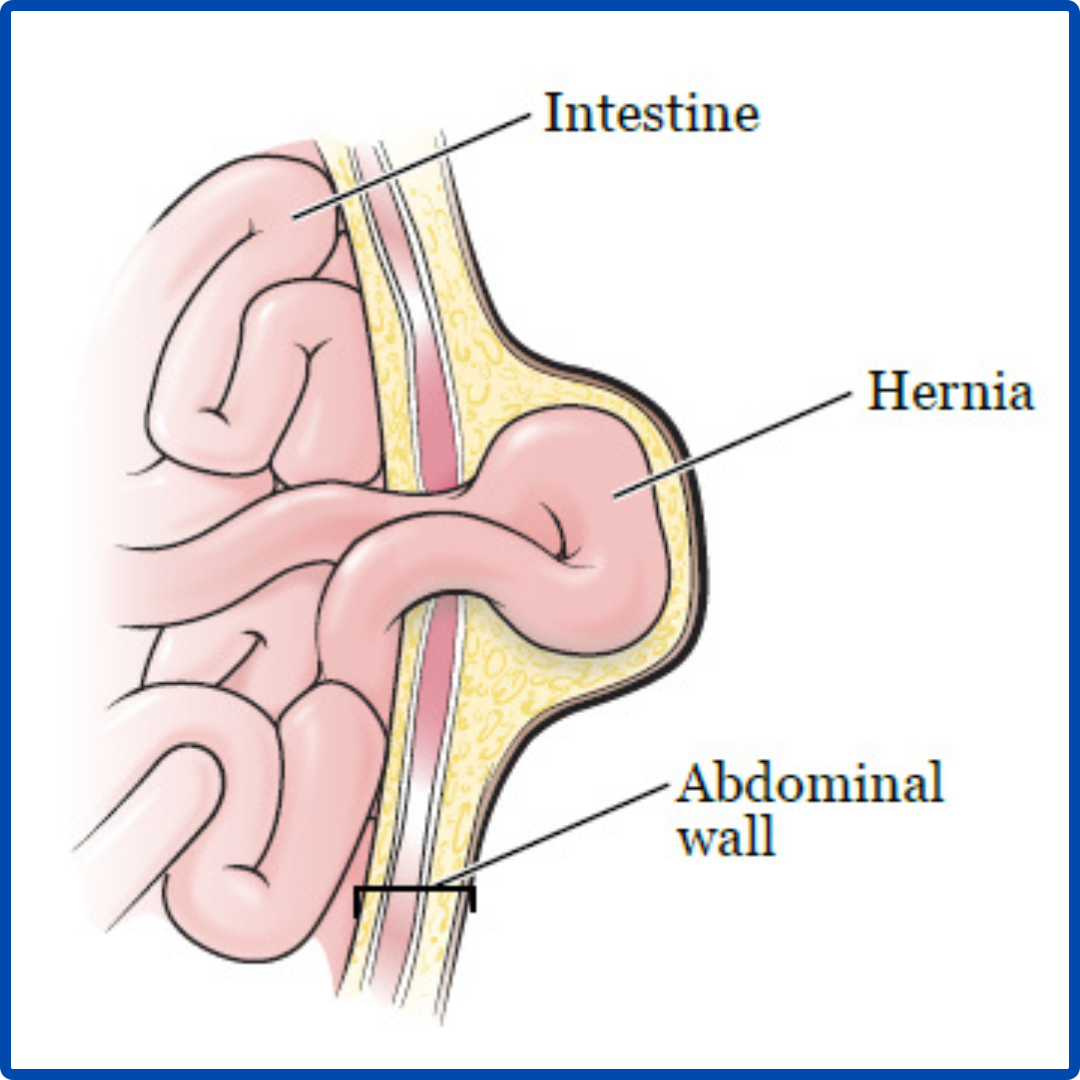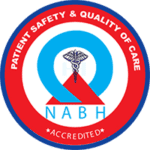Robotic Hernia Surgery

Robotic Surgery for Hernia
Kaizen Hospital is a state of the art minimal Invasive Robotic Procedure for Hernia Surgery. This technique enables surgeons to fix hernias with improved accuracy, enhanced maneuverability, and more control compared to traditional laparoscopic methods.
Hernias develop when an internal organ or Abdominal protrudes through a weakened section of the surrounding muscle or tissue wall, and robotic surgery provides a highly effective approach to correcting this issue with reduced recovery times and minimal scarring.
Types of Hernia Treated with Robotic Surgery
-
Inguinal Hernia
-
Umbilical Hernia
-
Incisional Hernia
-
Hiatal Hernia
-
Femoral Hernia
-
Ventral Hernia
Type of Robotic Hernia Surgery
1. Robotic TAPP (Transabdominal Preperitoneal Repair)
This is one of the most common robotic approaches for inguinal hernia repair. The surgeon accesses the hernia through the abdomen and places a mesh between the peritoneum (abdominal lining) and the muscles to reinforce the weakened area.
Provides clear visualization of both sides of the abdominal wall, making it ideal for bilateral hernias or those with recurrence.
Best for: Inguinal and femoral hernias.
2. Robotic eTEP (Extended Totally Extraperitoneal Repair)
An advanced technique primarily used for complex hernia repairs. The approach is similar to TEP but offers more space for the surgeon to work in the extraperitoneal area.
Enhanced flexibility and control for larger or more complicated hernias.
Best for: Large, recurrent, or complex ventral and umbilical hernias.
3. Robotic IPOM (Intraperitoneal Onlay Mesh)
Used for ventral and incisional hernias, this approach involves placing the mesh inside the abdominal cavity directly over the hernia defect.
Provides secure mesh placement, reducing the risk of hernia recurrence.
Best for: Ventral and incisional hernias.
4. Robotic TEP (Totally Extraperitoneal Repair)
This approach avoids entering the abdominal cavity, which can reduce the risk of certain complications. The surgeon operates in the space between the muscle layers of the abdominal wall.
No penetration of the peritoneum, which reduces the risk of injury to the abdominal organs and lowers the risk of infections or complications.
Best for: Inguinal and umbilical hernias.
Surgery Management
1. Pre-surgery Preparations
- Consultation: The patient will meet with the surgeon to discuss the hernia, review medical history, and assess suitability for robotic surgery.
- Diagnostic Imaging: X-rays, ultrasound, or CT scans may be performed to assess the hernia’s size and location.
- Preoperative Guidelines :Patients are advised to stop smoking and Keep nil by mouth for 6 hours prior to surgery.
2. Procedure
- Anesthesia: The surgery is performed under general anesthesia.
- Incisions: 3 Key hole (ports) are made in the abdomen.
- Robotic System Setup: The surgeon operates from a console, guiding the robotic arms to insert specialized instruments through the ports.
- Hernia Repair: The surgeon uses the robotic instruments to push the herniated tissue back into place and reinforce the weakened area with a mesh.
3. Post- surgery care
- Hospital Stay: Patients are often discharged the next day or after a short hospital stay.
- Pain Management: Pain is typically mild and managed with over-the-counter medications.
- Recovery Timeline: Most patients return to normal activities within a week or two but should avoid strenuous activities for a few weeks.
- Follow-up: Patients will have follow-up appointments to monitor healing and ensure no complications arise.
WHY KAIZEN ?
With a vision to extend World Class healthcare solutions to the community through advances in medical technology, medical research and by adopting best man power management practices , Kaizen hospital was established in Ahmedabad in 2011.
HOSPITAL ADDRESS
132ft. Ring Road, Helmet Circle, Memnagar, Ahmedabad – 380052. Gujarat, India.
EMERGENCY( 24X7 )
Mobile: +91 – 99047 44410
Help Line : +91 – 98244 40044
+91 – 79 – 2791 4444
E-MAIL ADDRESS
contact@kaizenhospital.com

